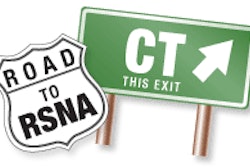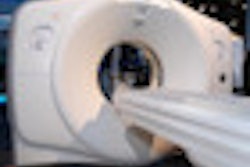Intra-arterial DSA is the gold standard for detecting ruptured intracranial aneurysms and determining the feasibility of endovascular coiling, but MR angiography (MRA) and CTA are two alterative means, wrote the group from Maastricht University Medical Centre.
"There are heated discussions about which imaging modality should be used in patients presenting with suspected ruptured intracranial aneurysm -- especially about whether or not to always perform intra-arterial digital subtraction angiography," Dr. Anna Sailer explained to AuntMinnie.com. "With our study, we wanted to contribute to this discussion and help the clinicians choose the proper diagnostic pathway."
Using a cost-effectiveness approach, the researchers focused on both the health effect, measured in patients' quality-of-life years, and the related health costs, an aspect of increasing importance that is often neglected in clinical practice, according to the researchers.
The researchers used a decision model to calculate costs and benefits in quality-adjusted life years (QALYs) for a hypothetical cohort of patients presenting to the emergency department with subarachnoid hemorrhage (SAH). The model incorporated the sensitivity and specificity of MRA, CTA, and intra-arterial DSA in detecting aneurysms and the feasibility of coil placement.
"The results of our analysis confirm the validity of the use of CTA as primary imaging modality in patients presenting with nontraumatic subarachnoid hemorrhage," Sailer said. "We found the most efficient diagnostic approach to be a strategy starting with CTA followed by intra-arterial DSA if coiling is not deemed feasible. For patients with suspected SAH, we therefore recommend to first perform a contrast-enhanced CT scan. If a SAH is demonstrated, CTA is directly performed."



















